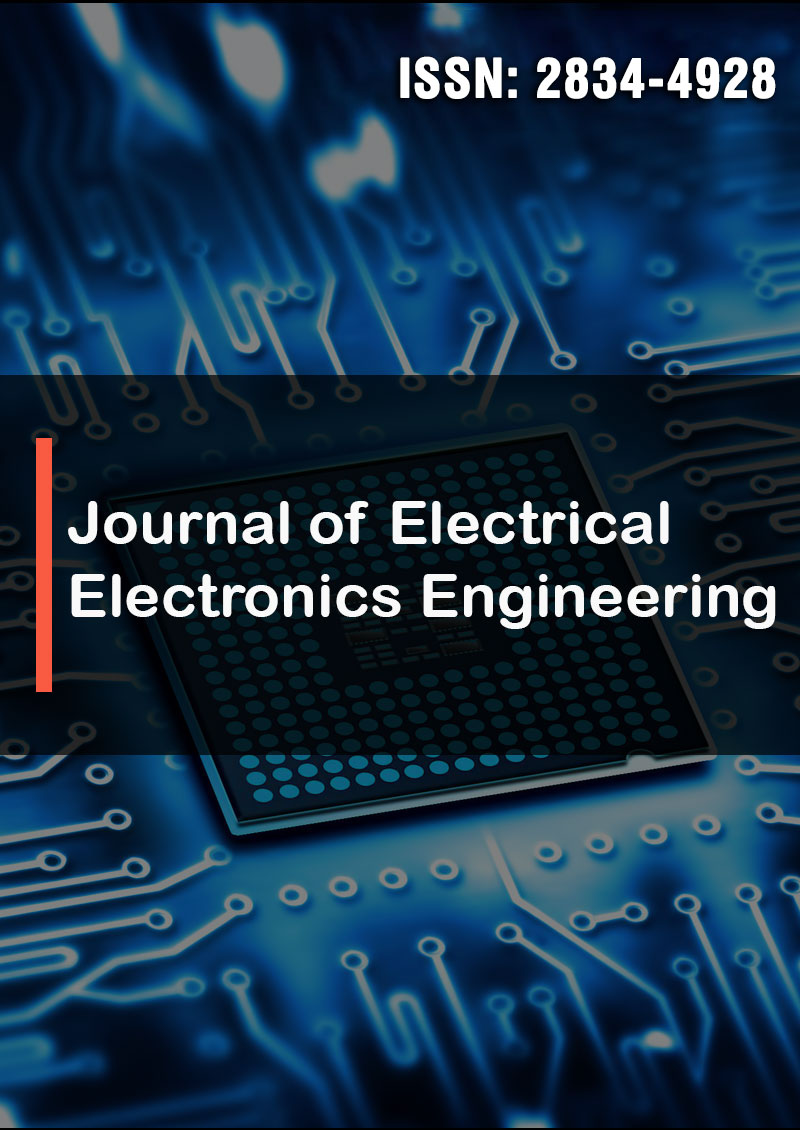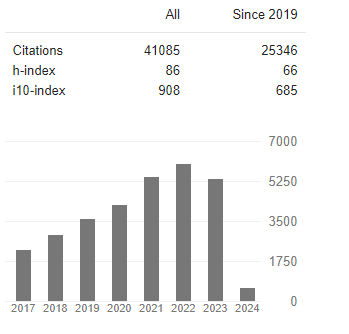Investigating the “Cocoon Effect” in Niobium-Copper Alloy: Metallic Nano-Precipitate Distribution and Niobium Migration
Abstract
R. L. De Almeida, J. Albino Aguiar and C. A. C. Passos
We report the observation of the metallic niobium migration within the molten Cu-Nb alloy mass on the synthesis of nano- granular Cuxwt%Nb samples. We named “Cocoon Effect”. To address the complex interplay of this molten phase separation and microstructural evolution, we prepared a series of granular samples by rapidly cooling a molten mixture of Cuxwt%Nb, where the niobium concentration varied (x=3,5,15,20). Our main goal in this work was not only to establish a systematic, innovative and robust method to obtaining good quality samples, but also provide a clear recipe for obtaining similar systems to the investigations of their interesting physical properties. Beyond the understanding of the “Cocoon Effect” in Niobium- Copper alloys, we include a wide complementary elsewhere investigation into the very interesting and rich superconducting properties exhibited by the Niobium-Copper alloy. By employing a robust synthesis method, we successfully obtained samples characterized by well-defined spherical nano-precipitates of niobium, featuring regular sizes and grain spacing. Our study contributes not only to our understanding of the Niobium-Copper molten phase separation, microstructure and the “Cocoon Effect” in these metallic alloys, but also sheds light on the intricate and important implications for the development and optimization of good quality granular metallic alloys for various applications. From our work, we obtained very impressive microstructural results, such as: dm=1.2μm, Dm<2.2μm and ρ=1.785 grain⁄μ m2 , where dm is the distance between Niobium grains, Dm is the mean diameter of Niobium grains and ρ is the Niobium grain mean density in the Copper matrix.




